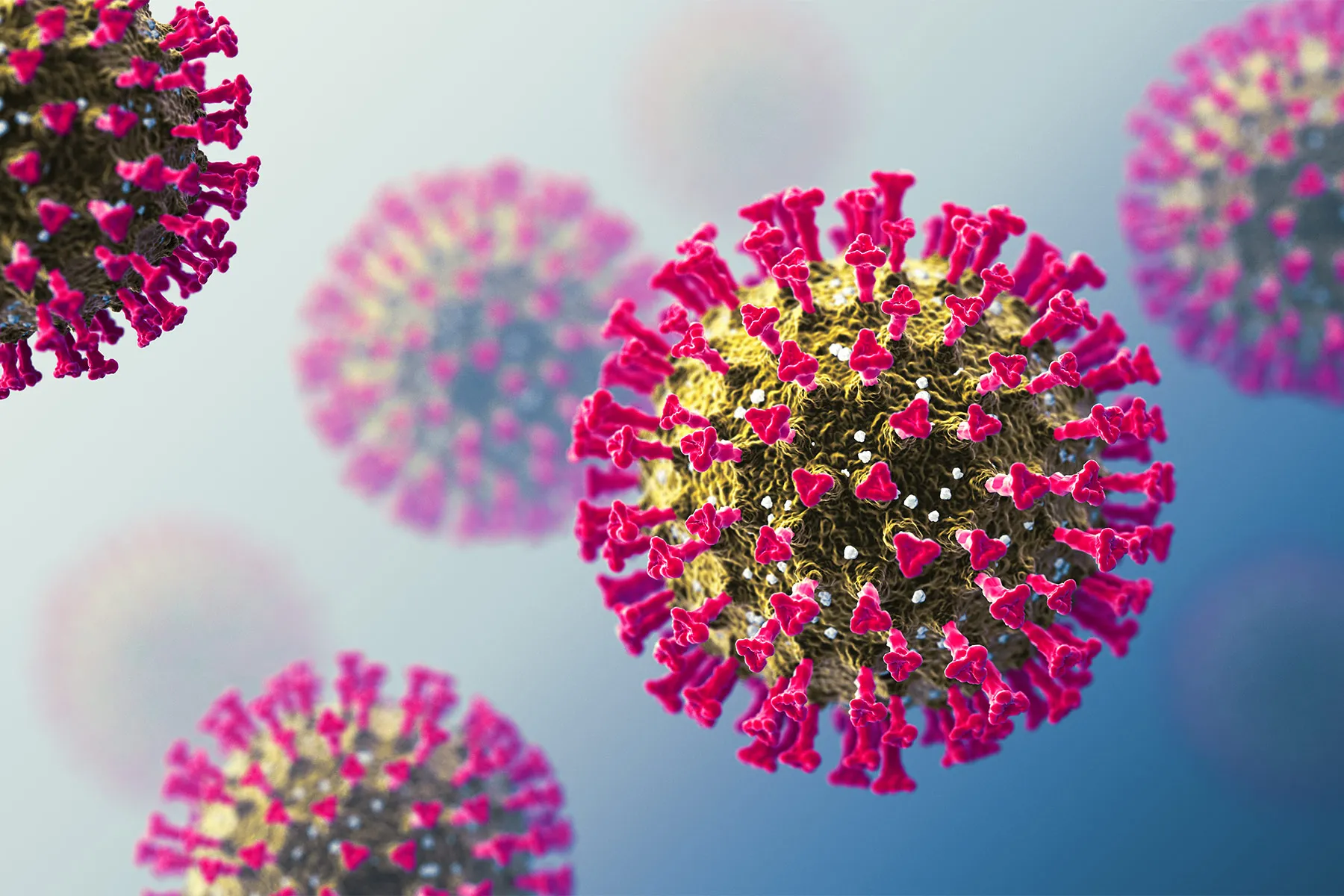Oct. 27, 2023 – The virus that causes COVID-19 is adapting again, and the variant of Omicron known as BA.2.86 has a new mutation called JN.1, prompting experts to urge us all to remain calm but vigilant.
The coronavirus is constantly mutating to survive the growing antibody pushback it encounters as our bodies learn how to fight it after vaccinations and infections.
Variant BA.2.86 is a concern because of the extensive array of mutations in its spike protein, David Ho, MD, from Columbia University in New York City, and his team point out in their new lab report published this week in the journal Nature.
The worries are reminders of when the first Omicron appeared, they said.
Even though there is less COVID surveillance happening these days, sequences of BA.2.86 – nicknamed Pirola by some scientists – have already been found in 28 countries around the world since August.
With so little monitoring, experts suspect there are more cases circulating than they’ve been able to confirm.
With more than 40 new mutations already tallied, the new one called JN.1 has been found in France, Portugal, the United Kingdom, and the U.S., among other nations. New derivatives called JN.2 and JN.3 are also cropping up.
The virus is evolving, says virus tracker Rajendram Rajnarayanan, PhD, from the New York Institute of Technology at Arkansas State University. And, “This is the top dog binding better.”
We won’t know for a few weeks whether the new variants will be linked to a significant rise in COVID cases or how well immune systems will respond.
“If we had an alert system, I would call this an amber alert,” Rajnarayanan said. “It’s not an urgent, red alert at this time, but the amber alert is definitely a wake-up call to remind us it’s time to pay attention again.”
An Amber Alert
In much the same way people already rely on meteorologists to understand Earth’s atmosphere and warn of severe events like hurricanes, wildfires, and snowstorms, Rajnarayanan says this is what we are learning to do to help people navigate infectious diseases in their communities.
In the United States, the HV.1 variant, also part of the Omicron group of variants, is currently leading in new COVID infections.
And in the battle between our bodies and the coronavirus, we’ve already come a long way since the beginning of the pandemic. So many people have some level of immunity from prior infection, vaccines, or both, that scientists monitoring wastewater aren’t seeing a rise in infections or COVID-related hospitalizations in the U.S. now.
“But these mutations are popping up fast,” Rajnarayanan said. “And it makes sense to monitor them closely. This is also a good time to add more COVID testing and reporting of positive and negative results,” he said.
Scientists are already detecting JN.1 in U.S. airports, he said.
And if you haven’t gotten an updated vaccine yet, it would be a very good idea to go ahead, said Eric Topol, MD, executive vice president of Scripps Research and editor-in-chief of Medscape.
This is especially important for older people or those who are immunocompromised, he said. In the U.S., the vaccines are approved for all age groups 6 months and older. “It will rev up our immune system, including cellular immunity to enhance protection,” he said.
And, of course, preventing infections using public health measures will help work against all strains of the coronavirus and other respiratory viruses that are circulating now, including the flu and RSV.
“What I think we’re seeing now is a transition of the virus,” said Andrew Pekosz, PhD, a virologist with Johns Hopkins University in Baltimore. “My hope is that we are watching this virus become seasonal.”
A shift, Pekosz said, that might make it easier for COVID vaccines to be updated annually in much the same way we update flu shots each year to target circulating strains.
Next Steps
This year, people are getting the XBB-targeted COVID shot, and next year’s updated vaccine could focus on another variant, like the JN.1 we are seeing rise now, for example.
Topol said the coronavirus will keeping finding new ways to evade our immune response and become more transmissible to continue infecting us again and again. That’s why he’d like to see new vaccines protect us from what he calls the “relentless evolution of the virus.”
He is calling for nasal vaccines that would block entry to the upper airway, which could stop infections in a way we haven’t be able to so far. And a new pan-coronavirus vaccine could target all variants at once, offering more protection. “If we had a vaccine – nasal or even shots – that were completely variant-proof, then we wouldn’t have to worry about any of this stuff,” he said.

